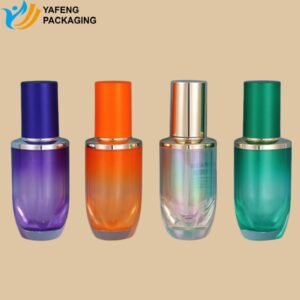
News & Blog
Great things in business are never done by one person. They’re done by a team of people. We have that dynamic group of peoples
In the world of beauty, how we package our products is just as important as the products themselves. From elegant glass bottles to eco-friendly solutions, the choice of packaging material can significantly impact the product’s appeal and sustainability. This article will explore the different types of cosmetic packaging available today, providing insights into the best options for beauty and personal care products. Whether you’re a manufacturer or an enthusiast, understanding these choices can help you make informed decisions that enhance the value and sustainability of your products.
Cosmetic products come in a wide array of packaging types, each designed to protect and enhance the product it contains. The most common types include:
These choices reflect not only functionality but also brand identity and consumer attraction.
Packaging material is more than just a container for beauty products; it plays a pivotal role in maintaining product integrity, safety, and appeal. The right packaging:
Furthermore, the choice of material can influence a brand’s sustainability efforts, an increasingly important factor for consumers.
Selecting the appropriate material for cosmetic packaging involves balancing functionality, cost, and environmental impact. Key considerations include:
Glass, for example, is recyclable and offers a high-end feel, making it a popular choice for luxury products. On the other hand, plastic provides versatility and cost savings, often used for mass-market items.
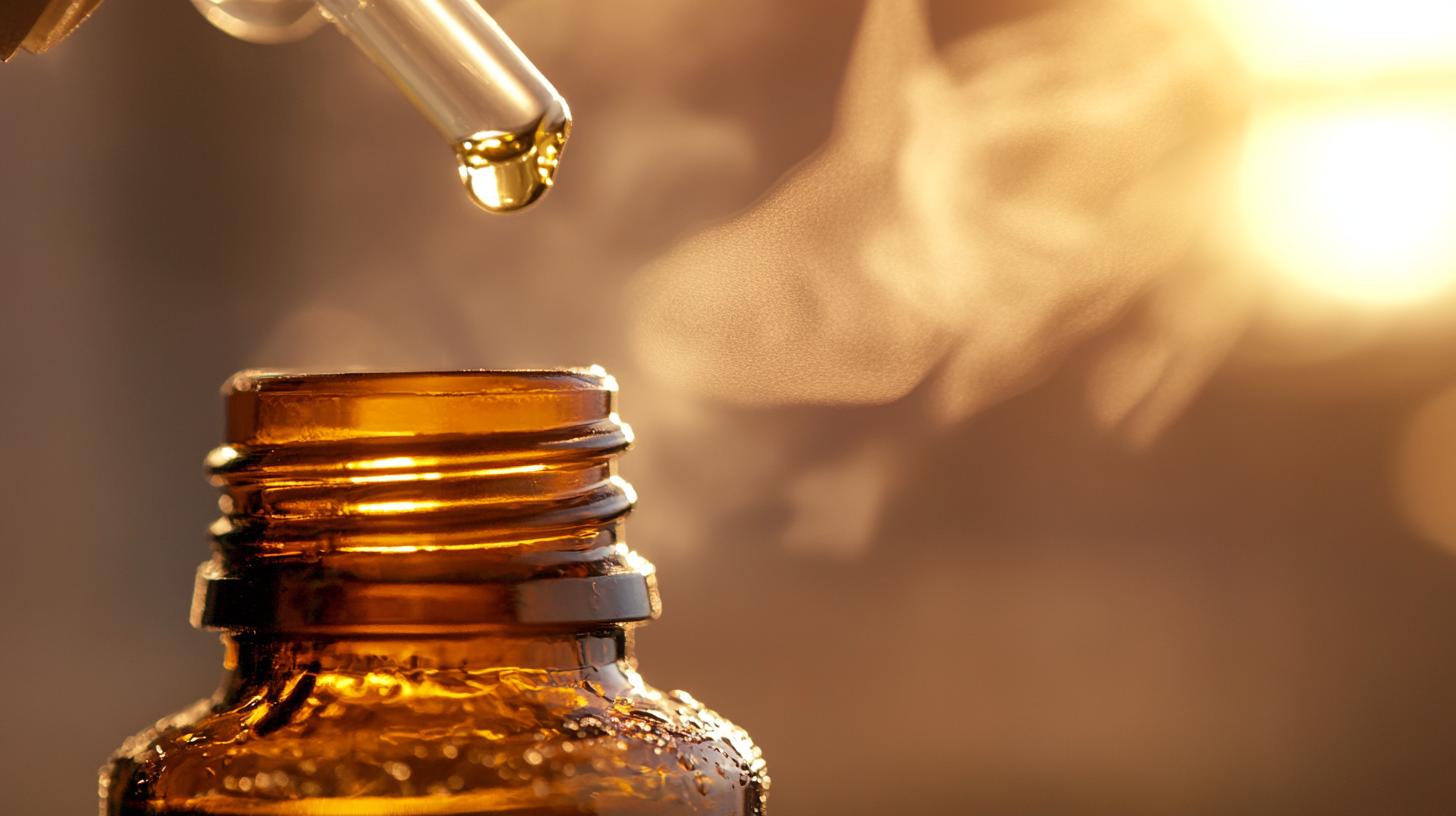
Sustainability is at the forefront of modern cosmetic packaging strategies. Brands are increasingly turning to:
These solutions not only help the environment but also enhance brand image and attract eco-conscious consumers.
In the fast-evolving cosmetic industry, packaging design trends reflect broader consumer preferences and technological advancements:
These trends demonstrate the need for innovation and adaptability in packaging design to meet consumer expectations and stand out in a crowded market.
Glass packaging remains a staple in the beauty industry due to its elegance and versatility. Key benefits include:
For more on glass packaging options, explore our custom glass bottle and glass bottle skin care products.
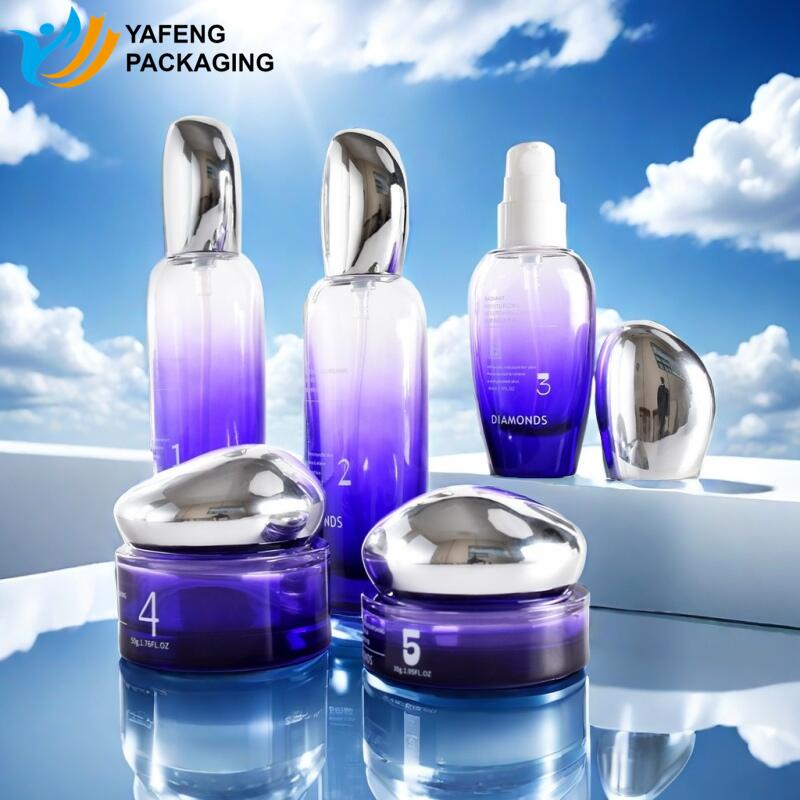
Aluminum is gaining popularity in cosmetic packaging for its unique properties:
Aluminum’s versatility makes it suitable for a wide range of cosmetic products, from sunscreens to creams.
Cosmetic containers vary widely to accommodate different product types and uses. Key options include:
Each container type serves a specific purpose, enhancing the user experience and product efficiency.
Beyond the primary container, secondary and tertiary packaging plays a crucial role in protection and branding:
These layers of packaging are essential for maintaining product integrity and enhancing brand presentation.
Selecting the best packaging solution involves considering various factors:
Ultimately, the best packaging balances functionality, aesthetics, and sustainability, reinforcing brand values and consumer trust.
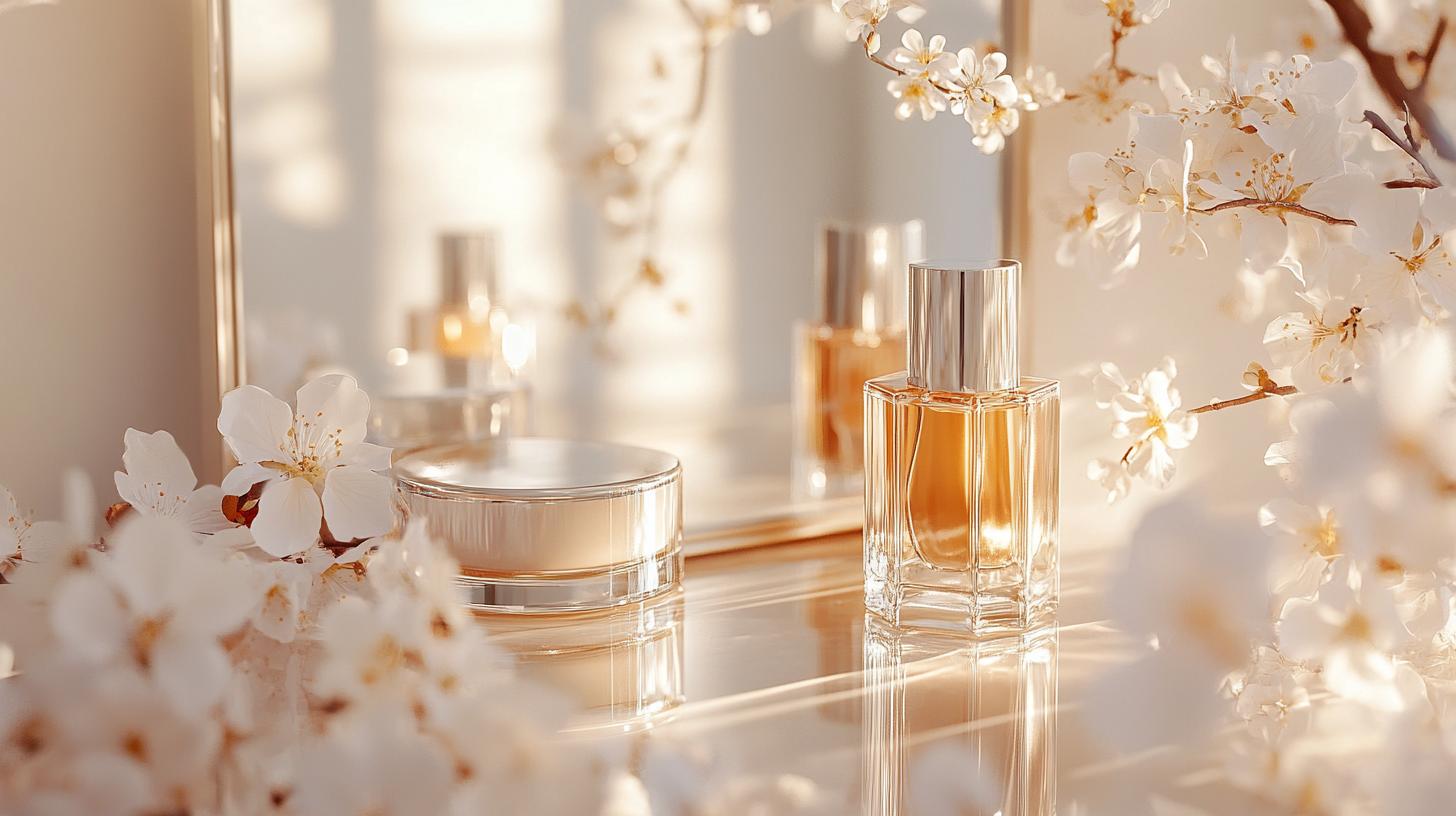
For more information on glass packaging solutions, visit our Glass Bottle Skin Care from Direct Manufacturer.This article has highlighted the critical aspects of cosmetic packaging, offering insights into material choices, design trends, and sustainability strategies. Understanding these elements can enhance product appeal and market success, making your cosmetic brand stand out.

Learn about sprayer pumps: types, uses, and how to select the best one for your needs.
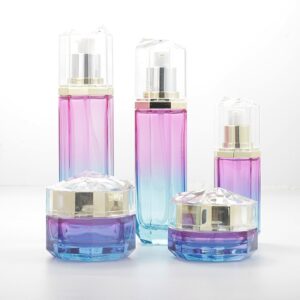
Discover how glass bottles are made! From raw materials to shaping and annealing, explore the fascinating manufacturing process of this everyday container.
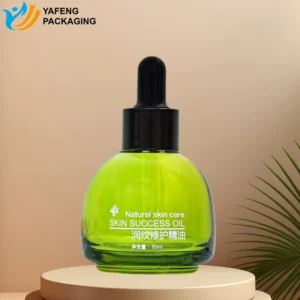
Discover how spray coating enhances skincare and perfume packaging by improving appearance, brand identity, durability, and safety with advanced technology.
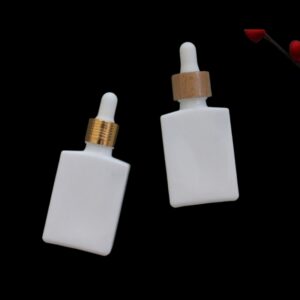
Discover the unique properties of opal glass and its applications in cosmetic packaging, enhancing product quality, brand image, and protection with elegant textures.
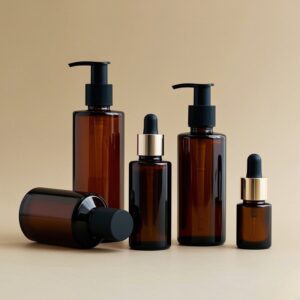
Glass bottles are the best for hair oil storage due to their non-reactivity, UV protection, and ability to preserve quality, ensuring longer shelf life and better efficacy.

Discover how spray coating enhances skincare and perfume packaging by improving appearance, brand identity, durability, and safety with advanced technology.
Explore custom vs. stock bottles for skincare packaging. Learn how Yafeng’s solutions boost brand identity, quality, and efficiency in this in-depth guide.
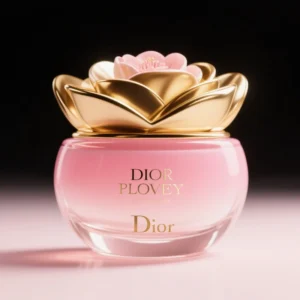
Discover how gradient color spray transforms cosmetic glass bottles, enhances brand image, and boosts product appeal with expert insights from Yafeng Packaging.
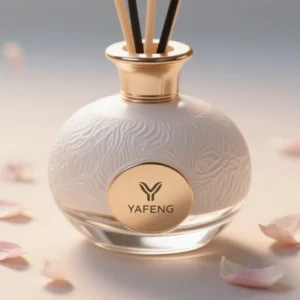
Discover how rattan aromatherapy works and why glass bottles are the best choice for long-lasting scent, safety, and sustainable, elegant packaging.
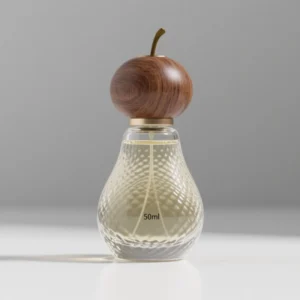
Discover the top 10 woods for perfume caps, comparing texture, pros, cons, and price to help you choose the best material for stylish, high-quality packaging.
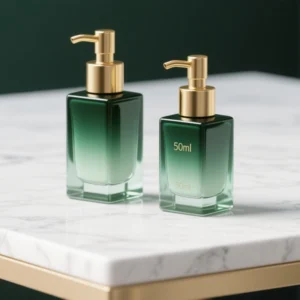
Explore cosmetic glass bottles—safety, eco benefits, types, coloring, mold costs, MOQ, and production tips—in one expert, data-rich guide.
WhatsApp us